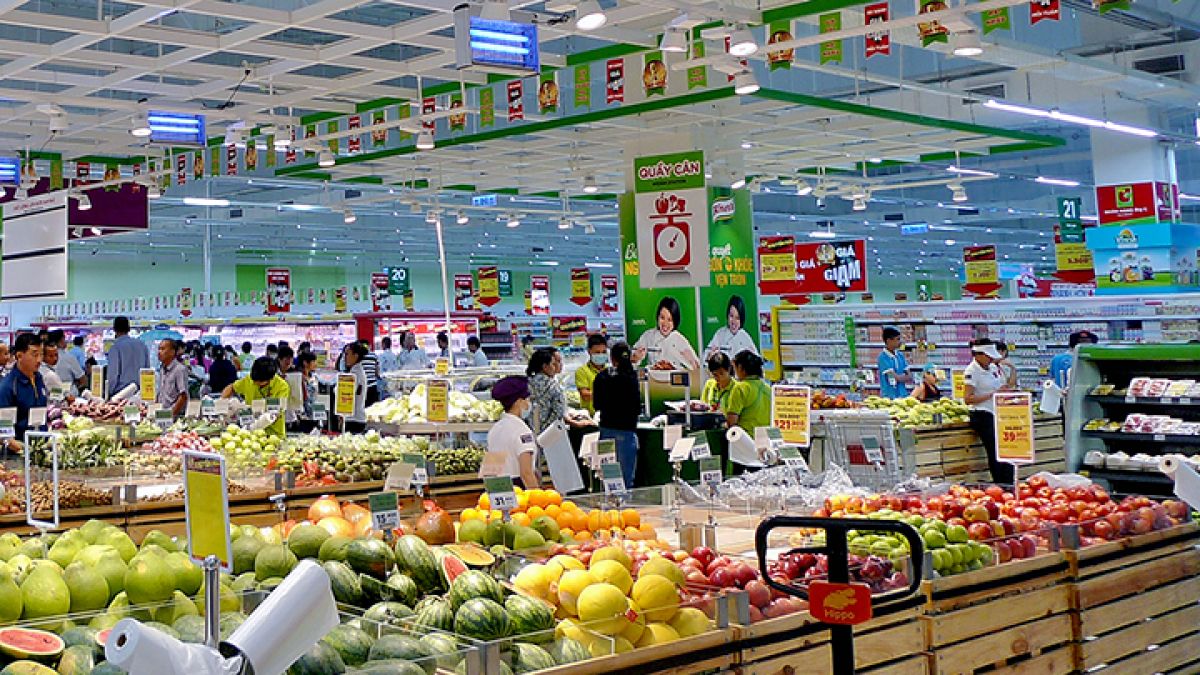Ms Do Thi Thu Hang, Director of Research and Consulting at Savills, Hanoi, shared her perspective on the issue in an interview.
Madam, what do you think about the growth of Vietnam's retail market in the last 6 months?
Currently, the total supply of retail premises in Hanoi market has reached only 1.5 million sqm, up by 14% over the same period of last year. In the past 2 years, the number of commercial centres has grown dramatically. The areas that once lack of business premises now have dozen of projects to meet the need of both entertainment and shopping of the resident, with the West Hanoi as a typical example.

Ms Do Thi Thu Hang, Director of Research and Consulting at Savills, Hanoi.
In Ho Chi Minh City, it has a total of 1.4 million sqm of business premises, up 13% year-on-year.
Modern retail models, like convenience stores, supermarkets, or commercial centres, have a big jump in development, especially in comparison with traditional models such as markets and department stores.
A few domestic retail businesses have reaped success, like Vingroup or Saigon co-op. Others, including big brands like Aeon and Lotte; along with South Korean firms like CJ and Emart, which will soon make their way into Vietnam market, are planning for a sustainable development.
What do you think about the market's prospects in the second half of 2019?
The overall picture of the retail market in the second half of this year could be described as positive with an upturn. All indexes including the total area of business premise and scale of projects launched will experience growth. Retail is now a vital part of residential projects to meet the needs of residents and visitors.
From your point of view, what are the strengths and weaknesses of Vietnam retail market?
Vietnam retail market converges many advantages such as large population size, the high urbanization rate in Hanoi and Ho Chi Minh City, and large consumer demand thanks to growing income. In addition, confidence and trust also contribute to the high demand for entertainment and shopping of Vietnamese consumers. Compared to regional markets, Hanoi and Ho Chi Minh City currently have a low percentage of retail space per capita, which shows great development potential.

Business strategy plays a crucial role in the success of retail firms, which should be the integration of modern technologies in consumer habits.
The current retail model in Vietnam is the combination of traditional and modern elements, which refers to purchase decisions rather than shopping experiences. Furthermore, one advantage for retail firms is the welcoming attitude and favorable conditions from local authorities. After the “natural selection” of the market, what we have left are strong players with great potential.
However, Vietnam retail market is lacking a clear master plan for development, making it more difficult to attract major developers. The high land costs is another weakness, especially in urban areas which require great initial investment but slow capital recovery in comparison to others properties like houses. In addition, Vietnam retail market has yet have competitive advantages over other markets in the high-end segment.
There have been "a natural selection" of brand names in Vietnam Retail market that forced big retailers like Tran Anh, Shop & Go, Fivimart, Giant, and Auchan, to leave the game. So what’s your perspective on this matter? What are the main reasons for the failure or success of a retail business?
The competition in the retail market is just beginning. The fact that large enterprises like VinGroup or Saigon Co-op have gradually expanding businesses and taking over smaller brands, shows the high competitiveness of the market. The situation would be even fiercer as the foreign business gradually adapts to the Vietnam market. On the basis of understanding customer's needs and preferences, foreign businesses will have strategies to develop, therefore, compete with the local business right on their land.
Overall, foreign retail chains with strong financial resources and a better business model have more advantages in the commercial centre segment while Vietnamese firms show their strength in the convenience store segment with wide-range networks.
For enterprises, the story of win or lose depends greatly on business strategies, which requires the integration of appropriate technologies based on consumer habit. It is not necessary to leave the integration of retail ecosystem out of the table, the same goes for cooperating between a foreign and domestic firm in order to diversify the development options and take advances of both firms’ strengths. After all, the final goal is to provide better experiences and high-quality products with lower costs for consumers.
- Thank you for joining us in this interview!

















